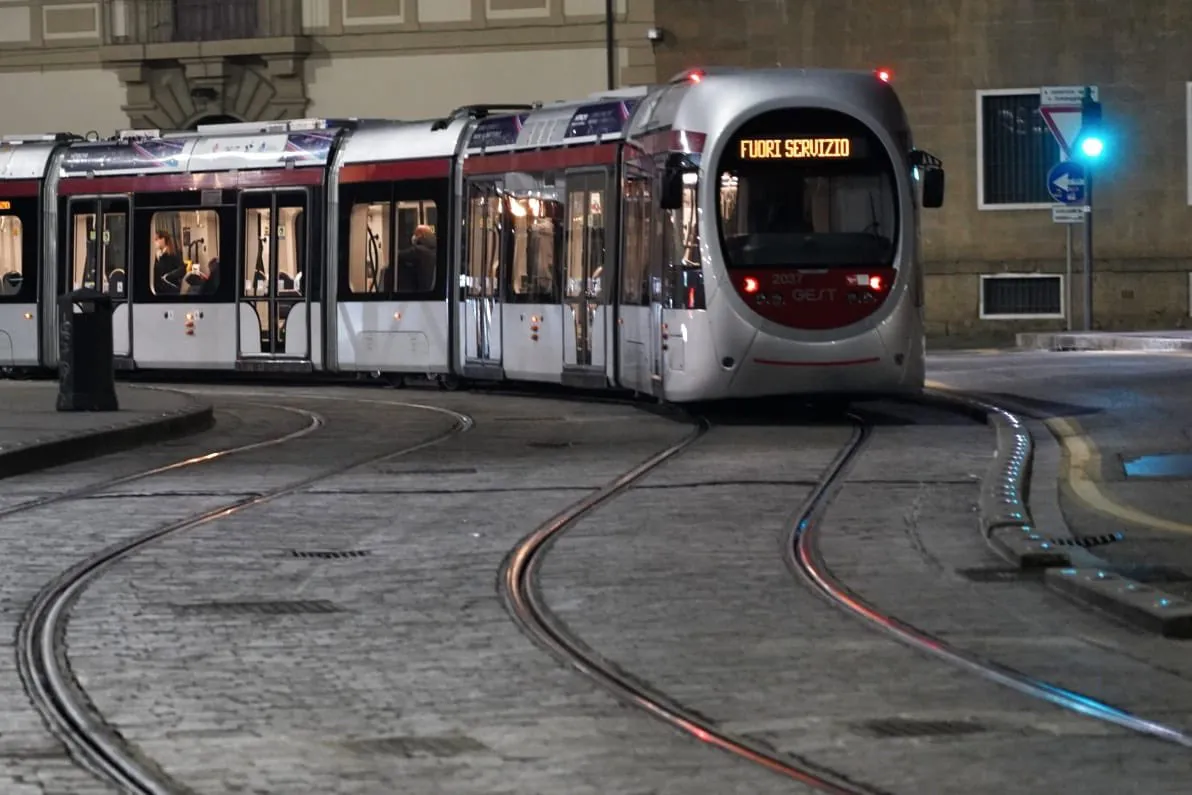Today sees the opening of the world's first eHighway in Sweden. For the next two years, a Siemens catenary system for trucks will be tested on a two-kilometre stretch of the E16 highway north of Stockholm. The trial will use two diesel hybrid vehicles manufactured by Scania and adapted, in collaboration with Siemens, to operate under the catenary system
The core of the system is an intelligent pantograph combined with a hybrid drive system. A sensor system enables the pantograph to connect to and disconn
June 22, 2016
Read time: 2 mins
Today sees the opening of the world's first eHighway in Sweden. For the next two years, a 189 Siemens catenary system for trucks will be tested on a two-kilometre stretch of the E16 highway north of Stockholm. The trial will use two diesel hybrid vehicles manufactured by Scania and adapted, in collaboration with Siemens, to operate under the catenary system
The core of the system is an intelligent pantograph combined with a hybrid drive system. A sensor system enables the pantograph to connect to and disconnect from the overhead line at speeds of up to 90 km per hour. Trucks equipped with the system draw power from the overhead catenary wires as they drive, enabling them to travel efficiently and with zero local emissions.
The hybrid system enables operation outside of the contact line, maintaining the flexibility of conventional trucks. The eHighway technology features an open configuration, meaning that other solutions, such as battery or natural gas, can be implemented as an alternative to the diesel hybrid drive system used in Sweden. This allows the system to be adapted flexibly to the specific application.
Transport accounts for more than one third of Sweden's CO2 emissions, with almost half of that coming from freight transport. As part of its climate protection strategy, Sweden has committed to having a fossil fuel independent transport sector by 2030.
During the two-year trial, Sweden's Transport Administration6301 Trafikverket and Gävleborg County plan to create a knowledge base to determine whether the Siemens eHighway system is suitable for future long-term commercial use and further deployment.
The core of the system is an intelligent pantograph combined with a hybrid drive system. A sensor system enables the pantograph to connect to and disconnect from the overhead line at speeds of up to 90 km per hour. Trucks equipped with the system draw power from the overhead catenary wires as they drive, enabling them to travel efficiently and with zero local emissions.
The hybrid system enables operation outside of the contact line, maintaining the flexibility of conventional trucks. The eHighway technology features an open configuration, meaning that other solutions, such as battery or natural gas, can be implemented as an alternative to the diesel hybrid drive system used in Sweden. This allows the system to be adapted flexibly to the specific application.
Transport accounts for more than one third of Sweden's CO2 emissions, with almost half of that coming from freight transport. As part of its climate protection strategy, Sweden has committed to having a fossil fuel independent transport sector by 2030.
During the two-year trial, Sweden's Transport Administration









